
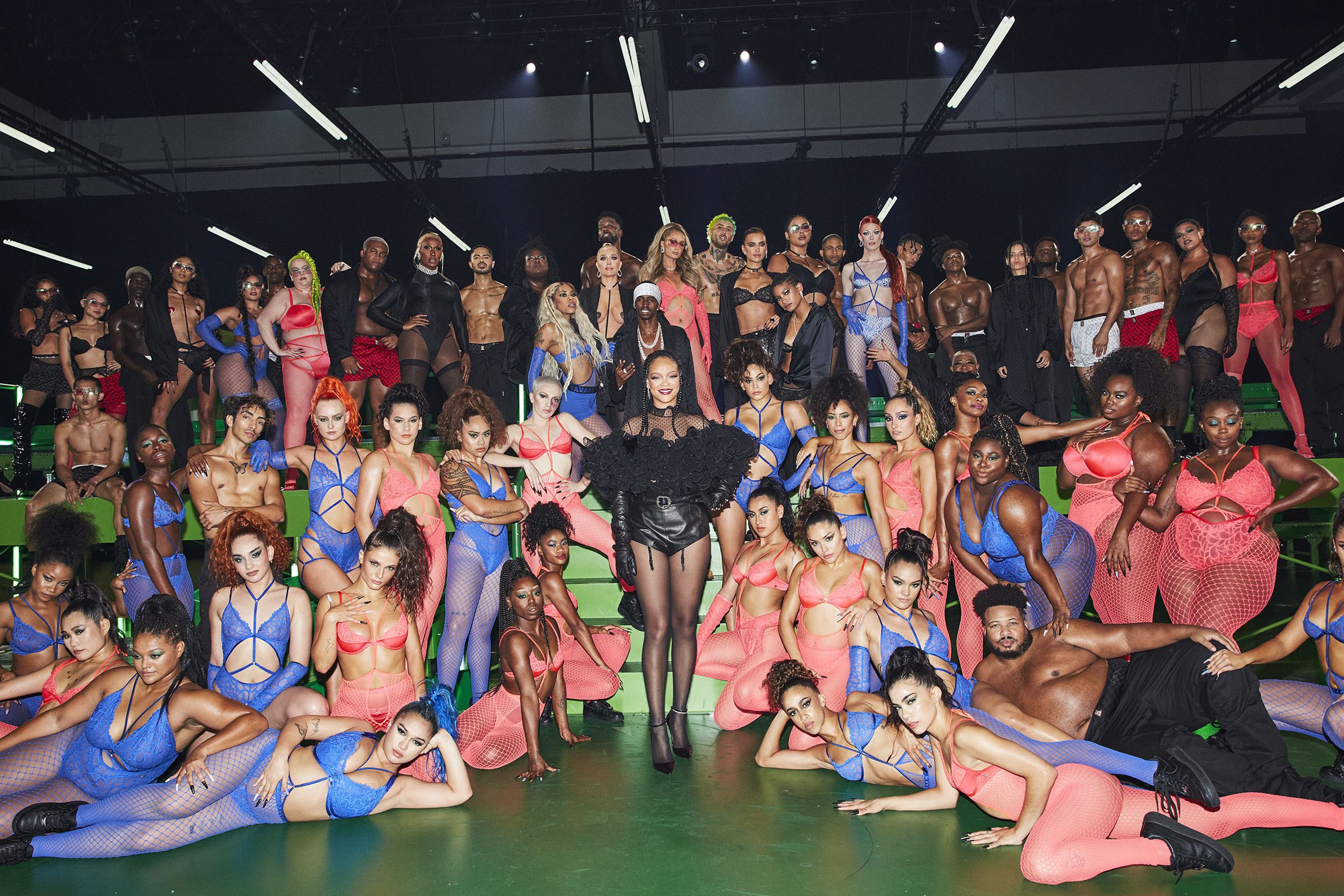



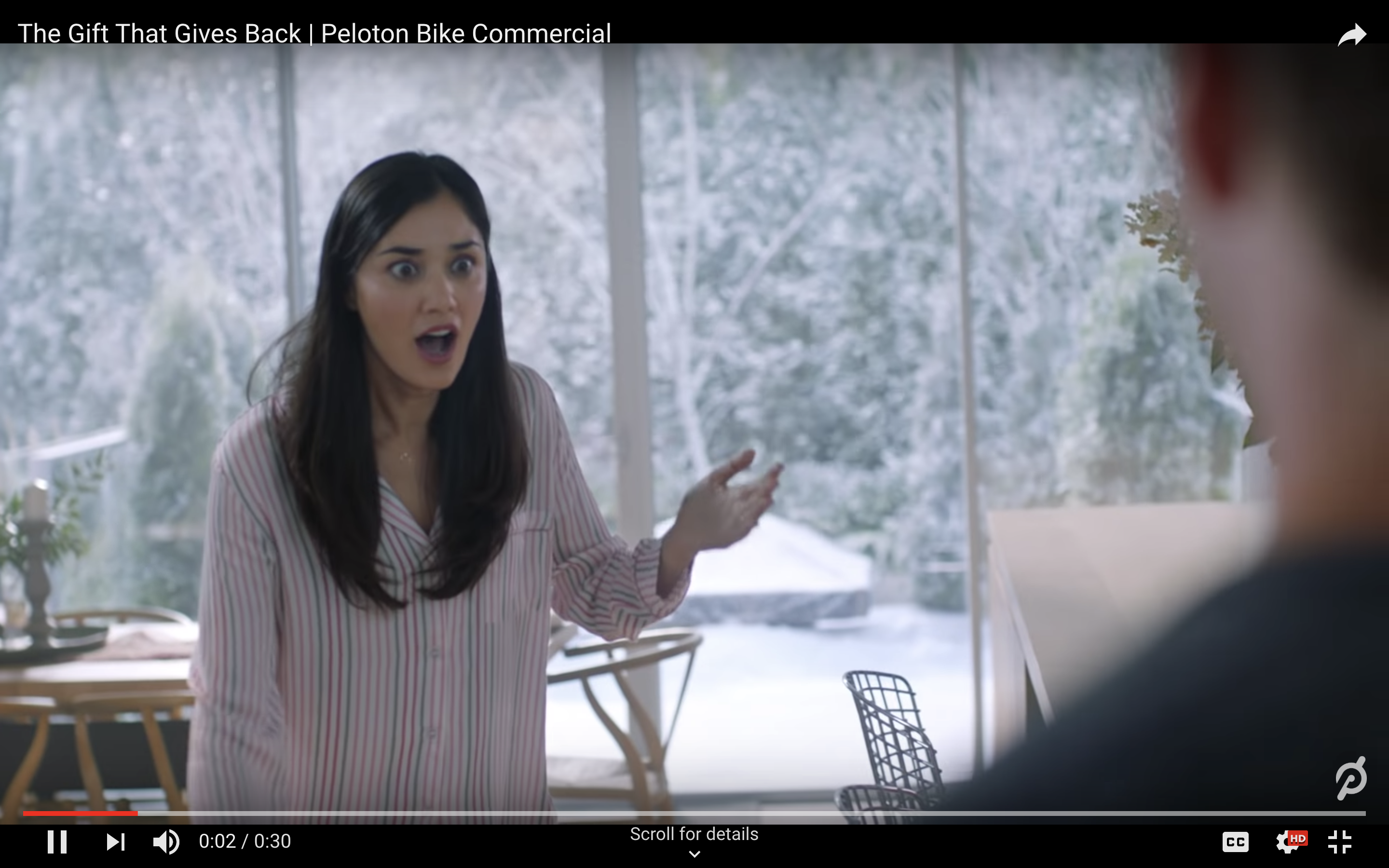
COMD3504 - Section OL06 - Fall 2020







Jan Tschichold in The New Typography believes type itself is good design. Tschichold discusses how often designers today will focus on visuals, and adding ornaments to text or even arranging it differently or fitting it into a shape that may take focus of the text and pay more attention to the ‘visuals’. While some think that the design might look empty and simple the designer should not deny that clean text can be appealing. Tschichold believes that there should be an abolition of ornamentation, to remove anything to your design that is unnecessary, typography should not be neglected as it makes the designer focus on which information is important.
Karl Gerstner also brings up how design needs methods and focus on each element and to think about the importance and function of the elements. While not everything the designer plans is used or perfect, the layout and plans should be organized. Typography can be organized by weight, font, style, the direction in which it is read, and spacing. There is also an importance to grids, as they regulate the composition. Gerstner’s text shows the importance typography has to a design, and how the planning can affect the expression it has.
Josef Müller-Brockmann emphasizes the importance a grid has to design, similar to Gerstner he relates it to planning the components of the design. And like Tschihold he believes a design should integrate the components in a systematic, functional way. A grid assists designers into following functionality instead of going for more subjective work, to make the designer see what is essential to a design. According to these three texts a design needs to be extensively planned out with an organized rubric. Design should not be focused on adding ornamental details, the designer needs to think about what the purpose of the design is and to base the design on that. By organizing a layout with a grid or list, you can clarify which components are essential. Typography needs to be clear, its weight, direction and style carry an importance to the expression of your work and not be blocked by visuals or poor layout. Color and images needs to be rationally integrated.
Walter Gropius discusses how artists have been trained by schools and how it isolates and restrains them to just a set of ideas taught to them. By staying in school and focusing only on those techniques they are cut off by society, and design is suppose to interact with the public making it a contradiction. An artists needs to go out and interact with the world and the people around them, they need to see reactions and how things function and how the public connects certain things. Every object and form has a meaning and an association and the artist needs to interact with them to feel it as well and to gain new ideas and because work based only on principles taught in class can be meaningless.
László Moholy-Nagy and Herbert Bayer bring up the importance of typography will bring new techniques and ideas for art and design. Typography constantly grows and evolves much like other mediums in art like film and photography. It is a form of technology itself and artists need to be aware of its integration especially for print. Print, typography, photography and new technology should be integrated into an artists work as it develops new techniques and makes the artist more innovative in adding components and arrangement.
These text bring up how typography and technology will continue to grow and develop, and encourages artists to be aware of them as they will affect art and design. Beyer specifically mentions how there will barriers between people because as technology evolves we will be interacting more with those people. And how new methods of design will focus on how to get the message across despite the language barrier. Beyer brings up how technology will replace print, how there will be less people reading and this is still a topic debated about today. He suggests that designers keep in mind that methods evolve and to not use the same old techniques.
Designer often pride themselves in the uniqueness of their cruft. The subjectivity of their creativity remains the top shield they love to yield when criticism strikes. Design is not one man’s playfield to show off creativity brewing in their mind. Sure expressing one self is definitely an important aspect of design and art all together. But every designer, first, should treat design as a service rendered to society. A set of rules that allow us designers to be better servants rather letting our imagination run wild. We are our best when our design speak to everyone ion need of our expertise. A silent instruction that speaks to the viewer, without effort. Transmit a message without any ambiguity or hidden rules to decipher. Jan T. Describes the essence of typography as clarity. Not beauty, or puzzle, but direct expression. Ornaments are great ways to create distraction. Karl G. In Designing Programmes view design as solution to problem. But he dopant stop there, he elaborate further on the improbability of solving problems with design solution. Given the numerous variables of a problem, designing a solution would seem rather insufficient, like putting a band aid on cracking wall. He instead suggested designing programmes for solutions. As a directive, designers can ultimately refer to when they’re solving a problem or improving upon an existing solution. Joseph M. With the grid system invites us to entertain a rather mechanical and less emotional approach to design. Not a complete elimination of creativity, but instead the introduction of a blueprint in a way. A foundation that makes our creativity flow more naturally but still within the margins. This approach indicates knowledge, application and mostly the ability to integrate clearly all forms of creativity in our design.
To recap, these designers we have cited throughout are all making a similar point. A guideline to good design, not a cookie-cutter process but a set of principles that makes our design easy to absorb and foremost to become better servants.
For the final presentation I focused on the 3 publications designed by graphic designer/typographer Herb Lubalin and publisher Ralph Ginzburg. The three publications are Eros, Fact:, and Avant Garde. Each publication came during the mid 1960s in the United States, the publications were very controversial and seen as inappropriate due to the censorship from the government and out dated values in society.
The three publications I talked about for my presentation fit into the dichotomy because during the 1960s these publications weren’t fully accepted by the masses (with the exception of Avant Garde) due to the loud mouth content from the Fact: magazine or the nude images and intimacy of interracial couples seen in the Eros publication. Because this type of content wasn’t fully accepted by the masses I would say they were underground.According to Steven Heller The Underground Mainstream that “popular tolerances have increased to a level where shock in any realm is hard to come by”. If we would to see any of the three publications in 1990s or even now they wouldn’t seem so inappropriate or out of the norm which would show that the same topics and content Lubalin and Ginzburg created are no longer unacceptable to society and mainstream.
I honestly don’t think there was much influence from other underground designs when these publications came out. I feel that the counterculture or “hippie culture” is what influenced Herb Lubalin and Ralph Ginzburg’s work. The counterculture was a classification of the new unique generation of the 60s. The fought for LGBTQ rights, women rights, civil rights and new sexual values. These are similar topics seen in the publications. Lubalin among other graphic designers such as Milton Glaser and Seymour Chwast were “forged a willfully eclectic attitude toward graphic design and typography, rather than subscribe to high minded morality of European design” according to Journal of Design History excerpt by Ellen Lupton (one of my sources from the library). Instead of being influenced by European modernism which was popular to do at the time in the United States, designers like Herb Lubalin created a new expressive style of work that didn’t follow the rules of modernism.
Fenty Beauty
Fenty Beauty created by Robyn Rihanna Fenty is a make up line that is accessible to all skin types and skin tones. Before Fenty Beauty as advance makeup has become, women and men of color didn’t have the perfect shades for their skin tones. The goal of this brand is to make makeup for everyone no matter their race or skin tone. Race plays a big role in Fenty Beauty as a brand the ads and images you see when just googling “Fenty” or “Fenty Beauty” you see women of different backgrounds and different skin tones. Seeing a brand such as Fenty Beauty makes women from all races feel included.
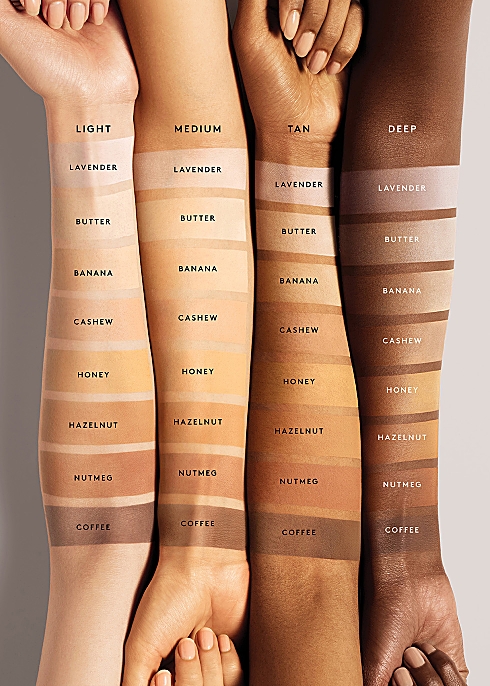
Fashionnova
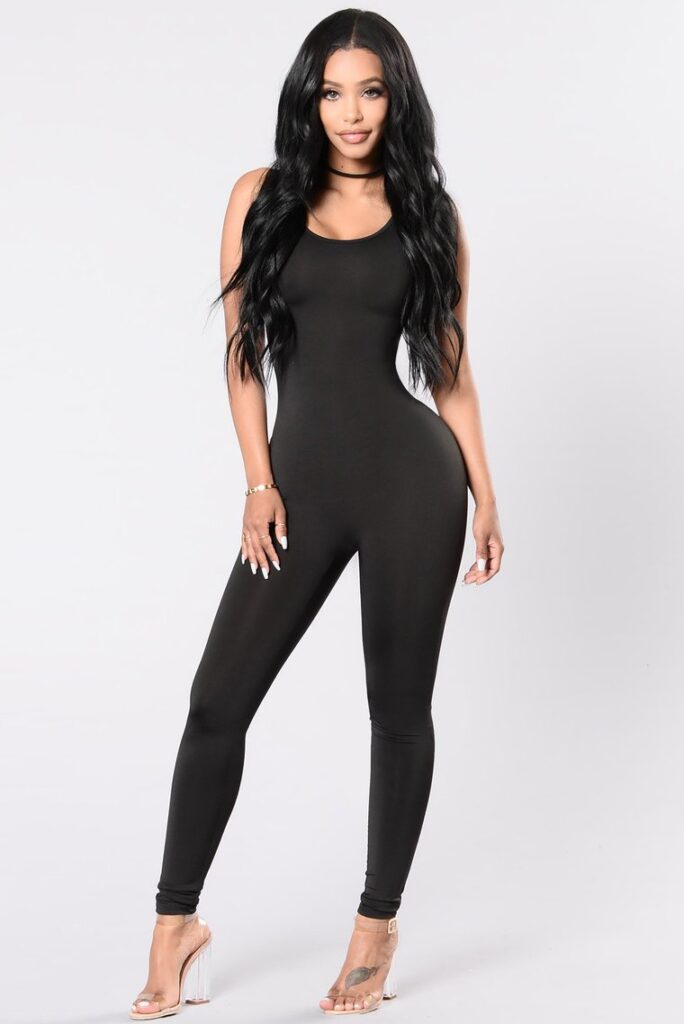
Fashionnova is a clothing brand that is huge on social media. Fashionnova’s impact on body composition and social media is negative. When scrolling through their website or main Instagram page I see is women with a specific body shape. Even though the brand makes clothes for all women from extra small to plus size, when looking through their social media you don’t inclusivity for all women. Most models on the page have a hourglass body shape (big boobs, small waist, and big bums). Women with this body shape aren’t the only women that wear Fashionnova clothing, women of all sizes and shapes do find their clothing attractive including me!
GAP

Gap‘s new ad campaign in 2020 is all about inclusivity. They used songs and models of different walks of life to push the idea togetherness, to “stay united”. This shows that the brand is aware of all the craziness of 2020 and is sending a reminder to stick together. Ive always enjoyed Gap advertisements because they use models that aren’t just one race of skin color, also because of the upbeat and original songs they use.
Media extends human beings and humanity in general. Media is the means of mass communication. Media as an extension of humanity is history repeating itself. In a way that human beings will always find ways to convey and preserve information on a different scale. For instance, cave paintings which started about 40,000 years ago, or a lithograph broadsheet of the 1600s, or the invention of the telephone. As humanity evolved so did the ways we communicate and the amount of people we can communicate to increased.
What “the media is the message” means is how we send and receive messages holds more importance than the message itself. They way we receive and send information does influence how we perceive the message. The role artist and designers can play in creating new ideas is we can create new things based on the media being used making the message more impactful and giving new purpose to the media. For example, web designers design for the internet which is a medium with a substantial and powerful reach. Web designers should be use the medium the internet as the message. What we design shapes the message almost as if our job is to make the message look pretty. Using our skills helps shape the medium and the message.
Although technology has made our lives a bit easier and has advanced society, there are some risk of the increasing technological development. Hazards that might come from technological progress for individuals and society is miscommunication through the media, lack of human transactions (physical human interaction being replaced with a computer, mobile device or robot) .
© 2024 Communication Design Theory
Theme by Anders Noren — Up ↑
Recent Comments